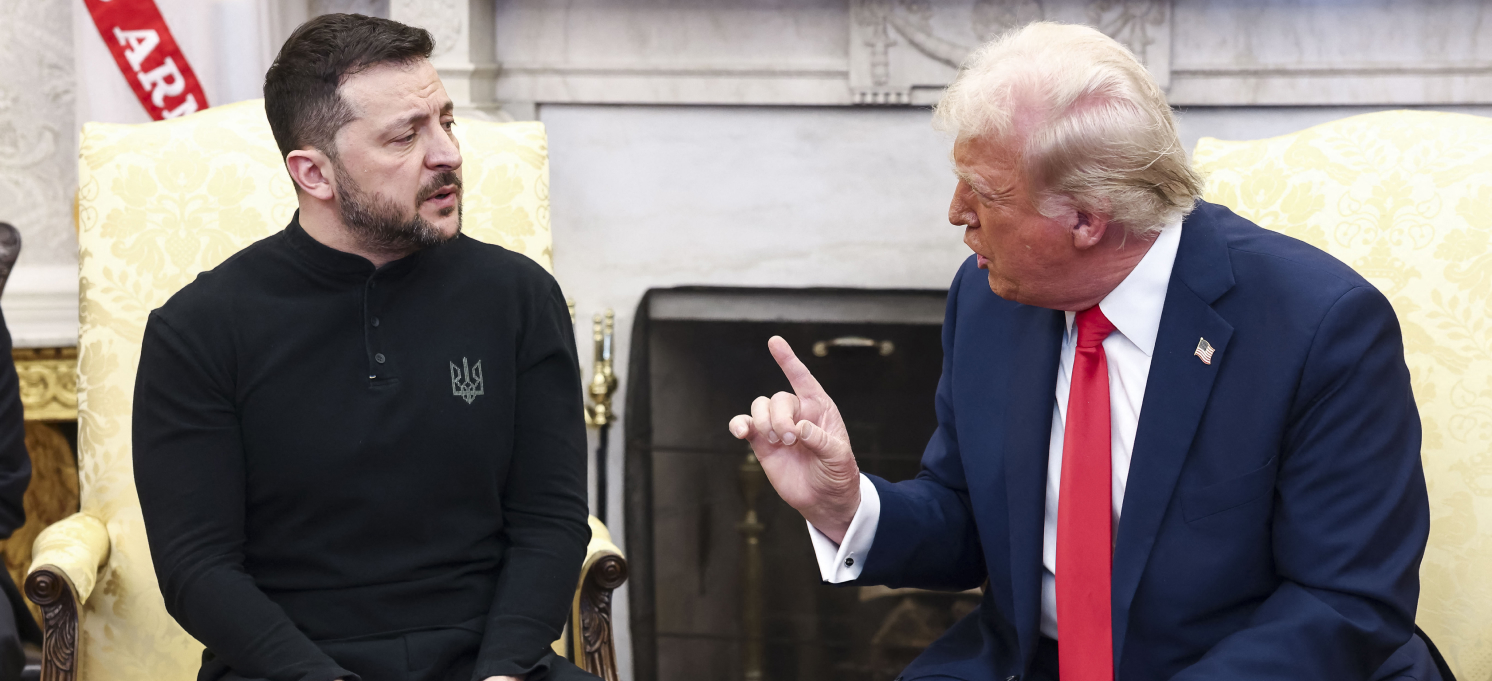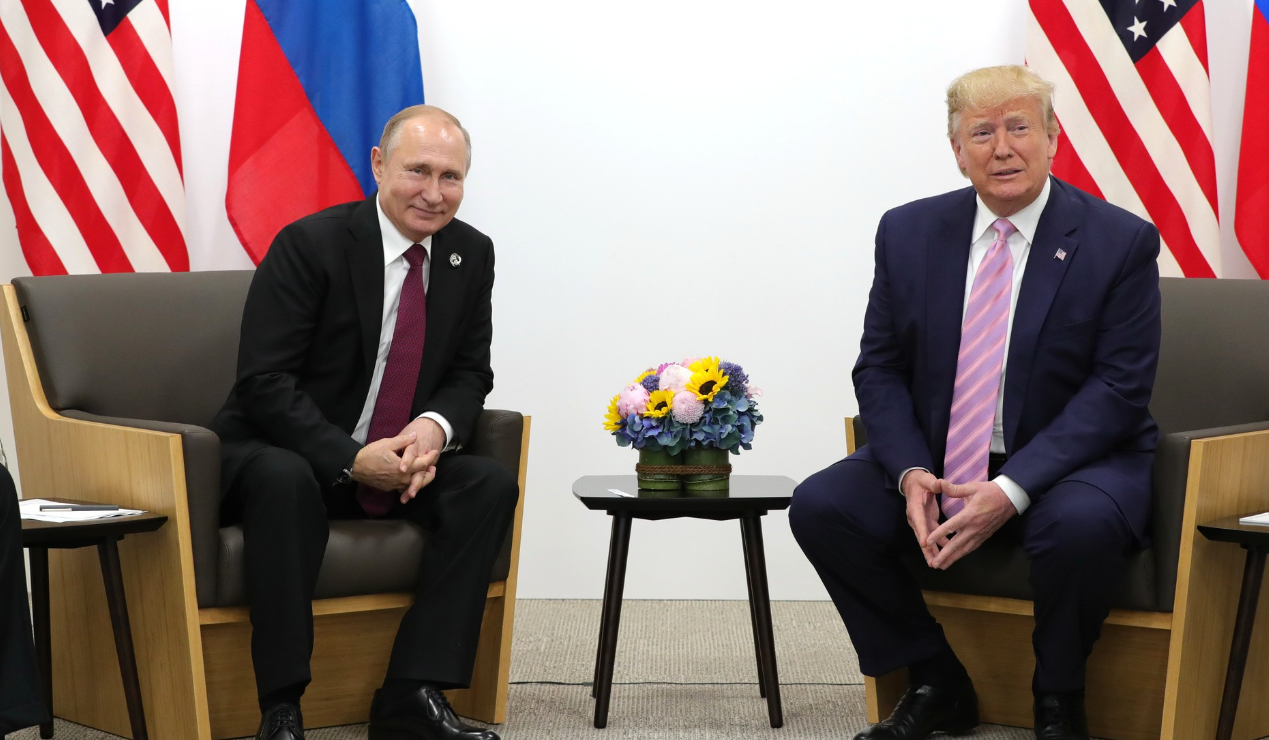
Why is Narendra Modi coming to Moscow?
Hello! Welcome to your weekly guide to the Russian economy — written by Alexandra Prokopenko and Alexander Kolyandr and brought to you by The Bell. Our top story this time is Indian Prime Minister Narendra Modi’s first wartime visit to Russia. We also look at whether legal proceedings to designate a vodka tycoon and Nevzorov’s family an “extremist” could be used as a precedent to confiscate assets of businessmen and Kremlin critics.
Oil, arms and trade on the agenda for Putin-Modi meeting
Indian Prime Minister Narendra Modi is due to fly into Moscow on Monday to meet with Russian President Vladimir Putin for the first time in three years. Since Russia’s full-scale invasion of Ukraine, India has become one of Moscow’s most important trading partners, with only China buying more Russian oil.
First meeting in three years
Modi is expected to spend two days in Russia for what will be his first face-to-face encounter with Putin since the Russian leader went to Delhi in 2021 before the full-scale invasion of Ukraine. Back in 2000, Russia and India agreed to hold annual summits. But that tradition was halted first by the pandemic, then the war in Ukraine.
Both leaders are starting new terms in office. While Putin was reelected for a fifth term as president in March, Modi’s Bharatiya Janata Party (BJP) won elections last month. However, the BJP saw its majority slashed, which dented Modi’s personal brand.
Modi’s decision to make wartime Moscow the destination for his first post-election trip abroad breaks with tradition that typically sees newly-elected Indian leaders go to neighboring countries such as Bhutan, the Maldives or Sri Lanka. The likely reason for the switch is Moscow’s increasing dependence on Beijing – a dependence that has caused some alarm in New Delhi. Relations between India and China are often strained, and New Delhi would not want Russia to become too beholden to China.
The key issues between Russia and India are economic. According to India’s Trade Ministry, trade between India and Russia reached a record $65.7 billion in the 2023-2024 financial year. Of that, Indian exports (pharmaceuticals, chemicals, electrical and mechanical equipment, iron and steel) to Russia totalled $4.26 billion, while imports from Russia were $61.44 billion (mostly oil, oil products and fertilizers).
India and Russian oil
India purchased almost no Russian oil before the war. Now, it is the second biggest buyer after China (in some months, it is biggest). In April, Indian exports of Russian oil reached a nine-month high of 1.96 million barrels a day, rising to 2.1 million barrels a day in May and 2.13 million in June. Almost 41% of India’s oil imports now come from Russia.
The G7 price cap on Russian oil exports has had little impact on this trade. The Indian Express cited sources in May who claimed the Western restrictions “in the best case had only an insignificant and short-lived influence” on India’s oil imports.
In a sign of the deepening cooperation, Indian oil giant Reliance Industries signed a one-year contract with Russia’s state-owned Rosneft in May to purchase at least 3 million barrels of crude a week. Previously, payments by Indian companies in this sort of deal were made in Emirati dirham or Chinese yuan, but the deal between Reliance Industries and Rosneft specified that payments would be in rubles.
Investment and payment problems
In April, an Indian official said total Russian investments in India amounted to $1.26 billion. However, others believe the figure is much larger, with some estimates going as high as $12 billion. Either way, they include Rosneft’s 49% stake in India’s Essar Oil; a joint Russia-India venture for the construction of BrahMos cruise missiles; and investments by Russia’s state nuclear corporation, Rosatom, into Indian nuclear power stations.
However, a barrier to further investment are problems with settling international payments. As one top Russian official put it to The Bell: “You may be able to agree on projects and investments, but how will you pay for them?”
Specifically, the problem is Indian companies paying for oil in rupees – but then Russian companies not being able to withdraw this money from the country. This became a major issue last year. We do not know the exact amount currently in limbo in Indian accounts, but two Russian officials told The Bell the total was less than $10 billion.
The problem is that, under a system introduced by India in mid-2022, foreign banks must enter into partner agreements with their Indian counterparts, which then open special Vostro (SRVA) accounts used to carry out transactions in rupees with the foreign bank. While rupees in these accounts can be used to pay for goods and services from India, it is almost impossible to withdraw the money from the country.
One solution might be to allow funds in SRVA accounts to be transferred to accounts held in India by Russian companies designated as foreign portfolio investors (about a dozen subsidiaries of top Russian banks have this status). After that, the money could be invested.
Arms exports
Modi and Putin are also likely to discuss military questions. Before the war in Ukraine, Russia was a big exporter of arms to India, but that’s all changed. The Indian Defence News portal calculated in March that India imported just 36% of its arms from Russia between 2019 and 2023 – compared to 76% between 2009 and 2013.
Nonetheless, India remains dependent on Russian-made weapons. The Indian army is primarily equipped with Russian Т-72М1 and Т-90С tanks. The navy’s only aircraft carrier, the Vikramaditya, was purchased and fitted out in Russia. And 71% of the air force’s attack fleet was made in Russia. All this makes a complete breakdown of military cooperation impossible. Existing systems must be maintained, and even if New Delhi wanted to switch to alternatives from Japan, France, the U.S. or Australia, such a pivot would take many years.
At the same time, the war is causing delays to Russian deliveries. India is still waiting to receive three of the five Russian S-400 anti-aircraft missile systems it has on order. And it’s waiting for four Russian frigates (two of which are supposed to be constructed in India).
Military cooperation is another reason why India is concerned about Moscow’s deeper ties to China, according to expert Alexander Gabuev. “It is very important for India to understand whether, over time, Beijing will gain leverage that could limit Moscow’s willingness to maintain the weapons it has already delivered,” said Gabuev. “Another question is the extent to which any new systems offered to India – or upgrades of existing ones – will depend on Chinese components.”
Why the world should care
By starting his third term with a trip to Moscow, the pragmatic Modi is offering New Delhi as an alternative to Beijing. India is anxious about the possibility of Russia becoming an obedient vassal of China – both in terms of what that would mean for Indo-Russian relations, and the major blow that would deliver to its efforts to contain China.
Russian elite worrying about institutions amid property redistribution
As a result of a far-reaching review of ownership rights to industrial and financial assets, Russian officials and businesses are talking about the important role of institutions.
- “Sometimes basic institutions like usucaption, bona fide purchaser for value without notice, and even collateral for loans, which everyone has always considered sacred, are being questioned. Business will only invest in developing production and technology when the rules of the game are clear,” the head of state-owned Sber German Gref said at a conference organized by the Central Bank.
- Russia’s technocrats often complain about the lack of developed market institutions in Russia. But Gref’s words should be understood in the context of a widespread review of property rights in Russia.
- This week, Russian law enforcement agencies began testing a legal route that would enable them to seize assets by designating owners as “extremists.” This would eliminate the need for them to renegotiate privatization deals, or bring trumped-up charges against individuals in order to get their hands on assets.
- Law enforcement agencies are using a law that permits the confiscation of property used for extremist purposes – that is property belonging to anyone designated as an extremist. This was first used against journalist Alexander Nevzorov, who left Russia after the invasion of Ukraine. A St. Petersburg court designated Nevzorov and his wife as an “extremist association,” which allowed the court to seize a plot of land from the journalist. It wasn’t immediately clear whether this was a one-off, or the start of something new.
- This week it became clear: this approach had got approval from the very top. Russia’s prosecutor general demanded that a court designate vodka magnate Yury Shefler and his Russian companies as “extremists,” clearly intending to use that ruling as grounds to confiscate his Russian assets.
- Shefler is a long-time foe of Russian officials. Back in 1997, he acquired the Soviet-era Soyuzplodimport company, which held the rights for Stolichnaya and Moskovskaya vodka. Since then, the Russian authorities have been suing him for the right to distribute these brands in the West. They concocted a criminal case against Shefler in Russia (although it was later closed). The businessman has long lived abroad.
- Prosecutors argued that Shefler and his two companies in Luxembourg be designated an “extremist group” for “ideological and property interests that have a pronounced anti-Russian character.” Apparently, its activities are aimed “against the lives and health of Russians, the security of society and the state.” Shefler is accused of supporting Ukraine and regularly denigrating Russia on social media, as well as trying to steal vodka brands from the state. Prosecutors said that, in 2022, Shefler's Stolichnaya brand was renamed Stoli “with a view to removing any associations with Russia” and also sent money to support Ukraine.
Why the world should care
Putin has launched a widespread review of ownership rights for various asset classes. This is taking place at all levels: companies with foreign owners are seized by presidential decree; the prosecutor general and Russian courts review the outcomes of privatization and return property to its “true owners,” who, oddly enough, often have close ties with Putin’s inner circle; in occupied Ukraine, the new authorities are taking real estate away from opponents of Russian rule and awarding it to the “heroes” of the so-called Special Military Operation. The comments from Gref, who is close to Putin, are unlikely to change anything – but they are a clear illustration of what the elite fears.
Figures of the week
Between June 25 and July 1, annual inflation in Russia rose from 8.61% to 9.22%, according to the Economic Development Ministry. Weekly inflation climbed from 0.22% to 0.66%.
In April, real wage growth (adjusted for inflation) hit 8.5%. This was lower than March (12.9%) and February (10.8%). Nominal year-on-year salaries were up 17% in April.
Russia’s rainy day fund, the National Welfare Fund, held 12.6 trillion rubles ($146.96 billion) on July 1, according to the Finance Ministry. That’s 102 billion rubles less than the previous month. The fund's liquid assets were down 8% since the start of the year.
Further reading
Fresh Russia-Türkiye Spat Endangers Long-Term Ties
Washington Wants to Avoid a Repeat of Last Year’s NATO Summit
The Shanghai Cooperation Organization Is Ineffective and Irrelevant





